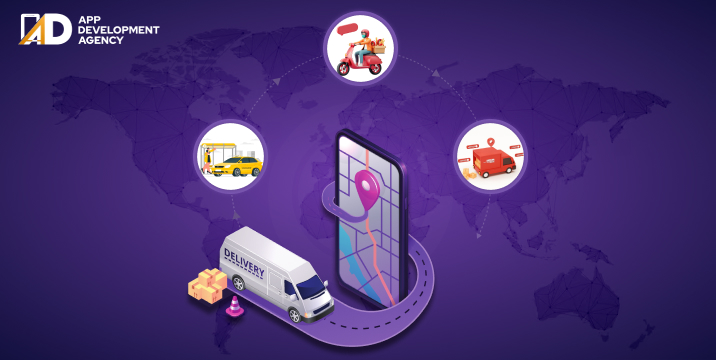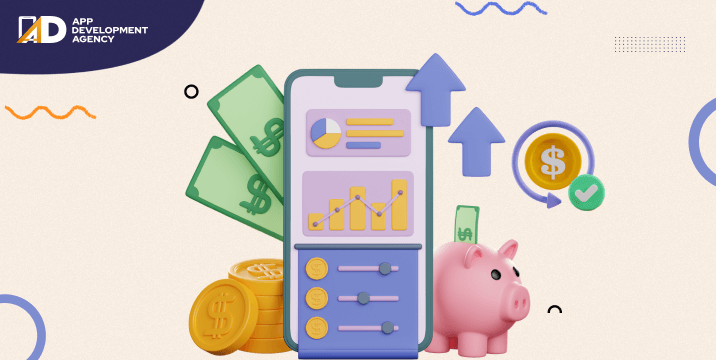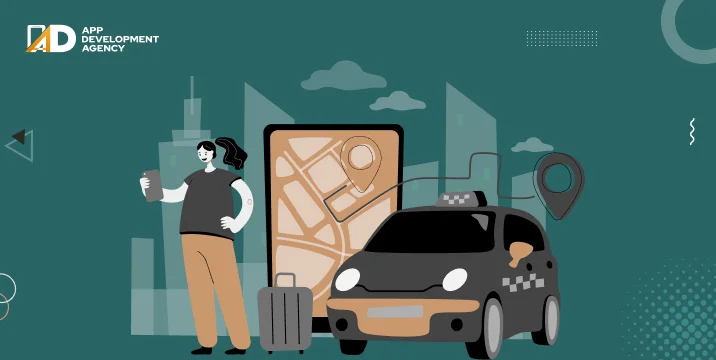Both Swift and DART differ drastically. (1) Variables, (2) Type Inference, (3) Mutable/Immutable variables, (4) Functions, (5) Named parameters, (6) Nameless parameters (7) Optional and (8) Default parameters, (9) Closures, Tuples, (10) Control Flow, (11) Collections (arrays, sets, maps), (12) Nullability and Optionals, (13) Classes, (14) Inheritance, (15) Properties, (16) Protocols and Abstract Classes, (17) Mixins, Extensions, (18) Enums, (19) Structs, (20) Error Handling, (21) Generics, (22) Access Control, (23) Asynchronous Programming Futures, (24) Asynchronous Programming Streams, (25) Memory Management, (26) Compilation and Execution, but these still have some attributes in common. iOS development starts with an onboarding process. It involves installing an IDE (Integrated development environment) program that provides an SDK (software development kit) to begin coding.
Swift requires installing XCode on macOS devices. DART requires XCode and IDE like Intellij IDEA or Android Studio and a MAC device to make a DART binary. Both DART and Swift are pretty easy to configure.
DART and Swift use different testing techniques – (1) DART creates many test types, including UI and functional level tests. (2) Swift has its testing framework – XCTest allowing testing UI modules, integration, performance etc.
Builds are either clean or incremental. It differs in Swift or DART Developers focus on adding new features to the system with improvement in build-time. It is better to use XCode to develop native iOS apps used in both DART and Swift.
Swift and Kotlin have always been faster in building native apps. But currently, additional DART takes less time as the framework speeds up after the initial clean build.
iOS apps require reloading and testing with a simulator. Developers evaluate code and analyze the changes that influence the app. DART utilizes hot reload functionality. In Swift development, altering one feature requires renaming the interface part and rebuilding native code to test if the change is reflected within the app when running it on a simulator or a device. SwiftUI allows hot reloads and non-native solutions like Injectionlll for adding new functionalities.
iOS app development requires integration via the Codemagic CI/CD tool to speed up app creation. Swift apps use macOS devices with XCode, XServer or Jenkins to integrate regularly.
Accessibility is more important to Swift than DART as IOS native owns UIKit that has this feature. DART documentation recommends using XCode Accessibility Inspector.
If the size of the app is pertinent, native iOS developers should go for Swift development as DART iOS apps are massive.
Selecting – Flutter (DART) or Native Programming Language (Swift) is a matter of – choice or the goal that your business wishes to accomplish. Native solutions set an array of advantages, but DART suits you well if you seek cross-platform app development. Flutter (DART) is occasionally used and is simultaneously becoming popular. These are just the various ways of developing iOS applications. Competent methods – technologies – ‘programming languages’ are coming up with their dependencies and becoming apt due to project requirements – time, size, and budget.

For every average and middle-class individual, their owned cars are a major expense to them. The expense does not only mean purchasing an expensive vehicle, but it is also about the recurring expenses after making the car purchase; such as repair, maintenance, fuel cost, monthly car payment, car insurance, etc. What if we tell you …
Continue reading “Best Driving Apps to Make Money in 2024”
Read More
Story Time: It’s the last of the month… and you have a low balance in your bank account. You need money to pay off an EMI, but salary payday is still two days ahead. Sounds like skating on thin ice… Right? That’s where cash advance apps like Possible Finance come into the picture. ‘Cash Advance …
Continue reading “21 Top Apps like Possible Finance to Get Instant Money in 2024”
Read More
Is the ridesharing industry saturated now? No doubt there are already a lot of best ridesharing apps globally. However, as per Statista, the leading research site, the ridesharing market is expected to grow at 22.13% annually and reach $226 billion dollars by 2028. The numbers are crazy, and to further prove our point – Arro, …
Continue reading “14 Best RideShare Apps in 2024”
Read More